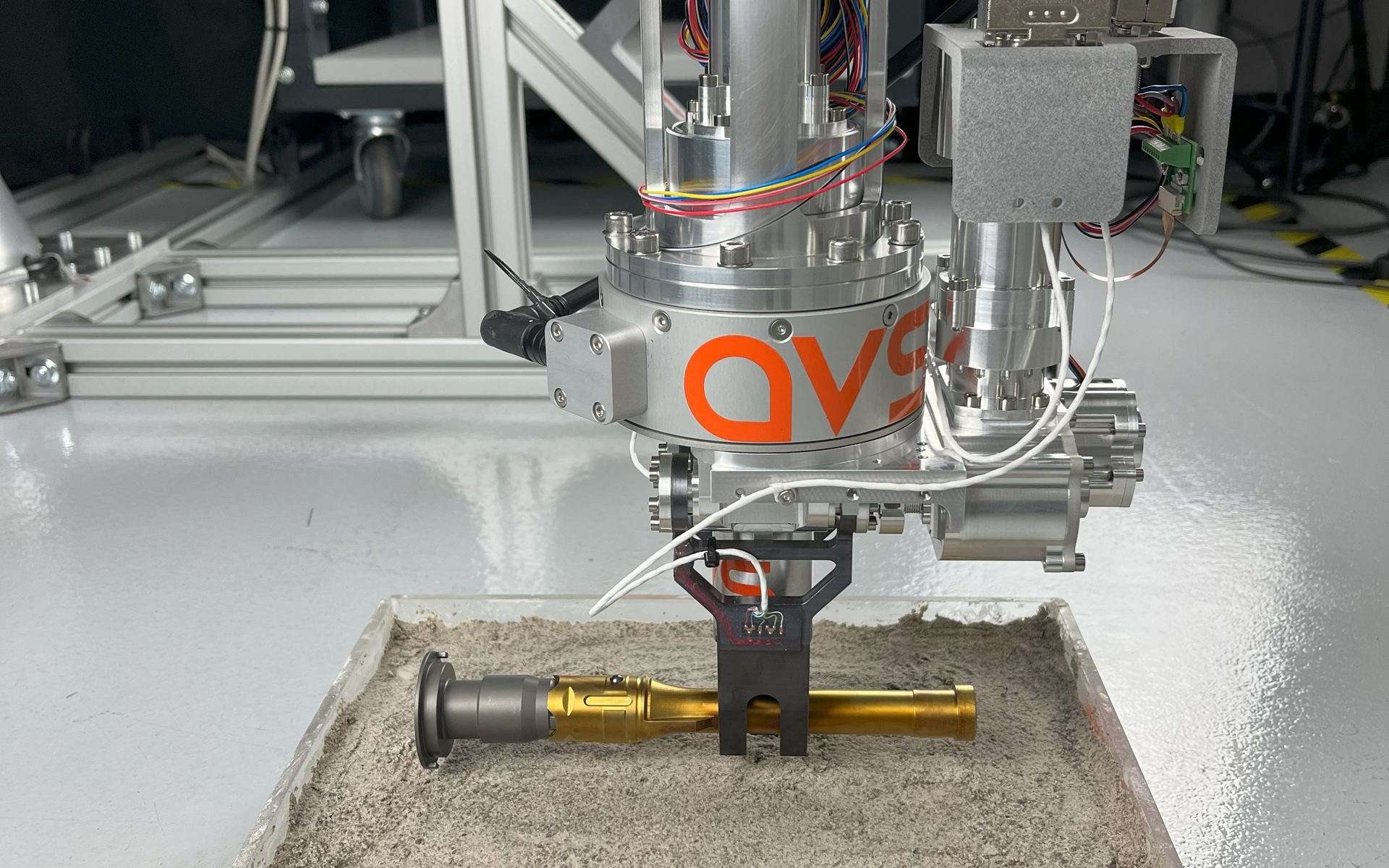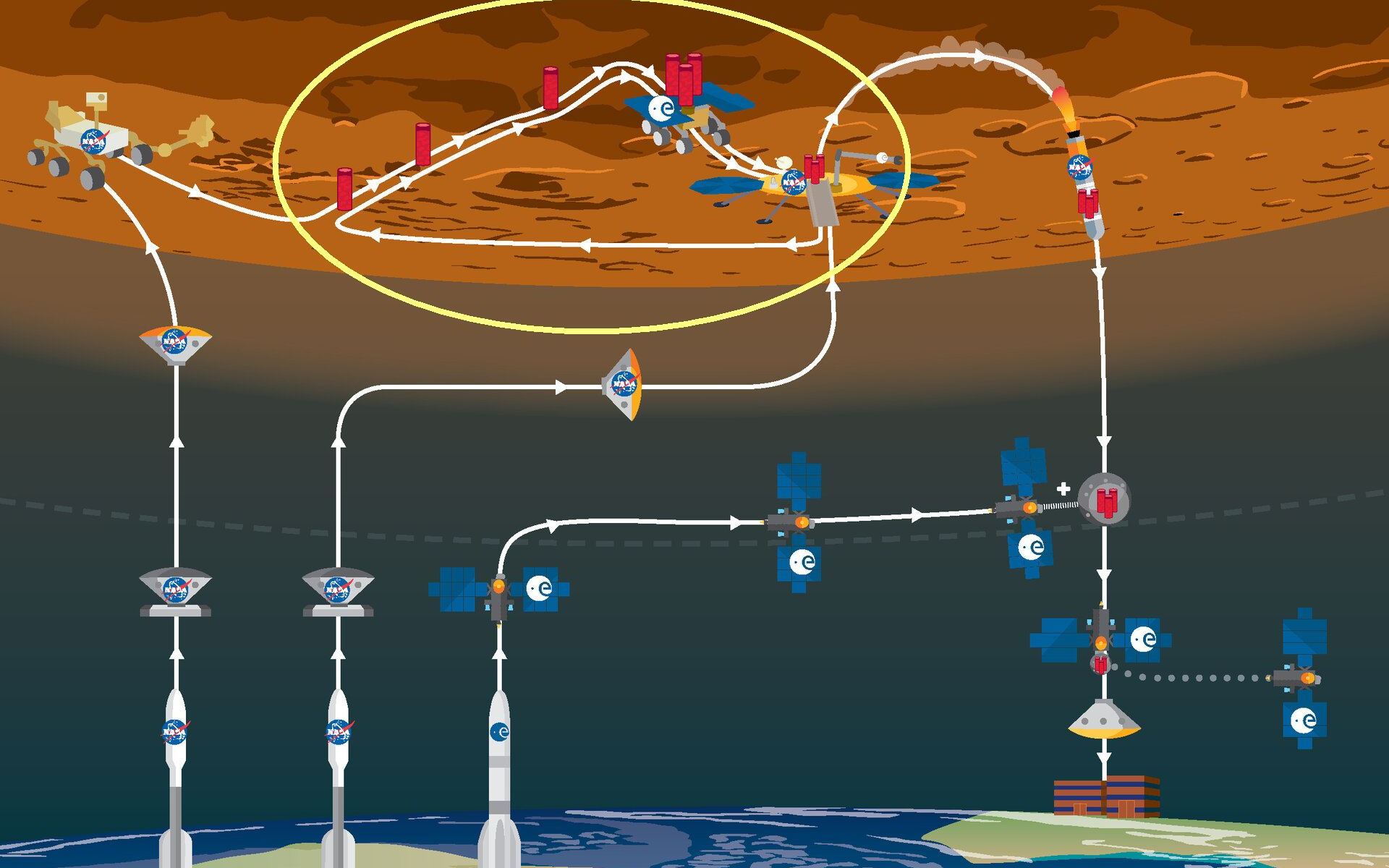China’s growing presence in space has been undeniable since the turn of the century. Between sending the first “taikonaut” to space in 2003 (Yang Liwei), launching the first Chinese robotic mission to the Moon (Chang’e-1) in 2007, and the deployment of their Tiangong space station between 2021-2022, China has emerged as a major power in space. Accordingly, they have bold plans for the future, like the proposed expansion of their Tiangong space station and the creation of the International Lunar Research Station (ILRS) by 2035.
In their desire to become a space power that can rival NASA, China also has its sights on Mars. In addition to crewed missions that will culminate in a “permanent base,” they intend to conduct a sample-return mission in the near future. This will be performed by the Tianwen-3 mission, which is currently scheduled to launch in 2028 and return samples to Earth by 2031. In a recent article, the Tianwen-3 science team outlined their exploration strategy, including the methods used to retrieve the samples, the target locations, and how they’ll be analyzed for biosignatures that could indicate the presence of past life.
Continue reading “China Plans to Retrieve Mars Samples by 2031”








